Reviving An Old Fruit Tree: How To Rejuvenate Old Fruit Trees
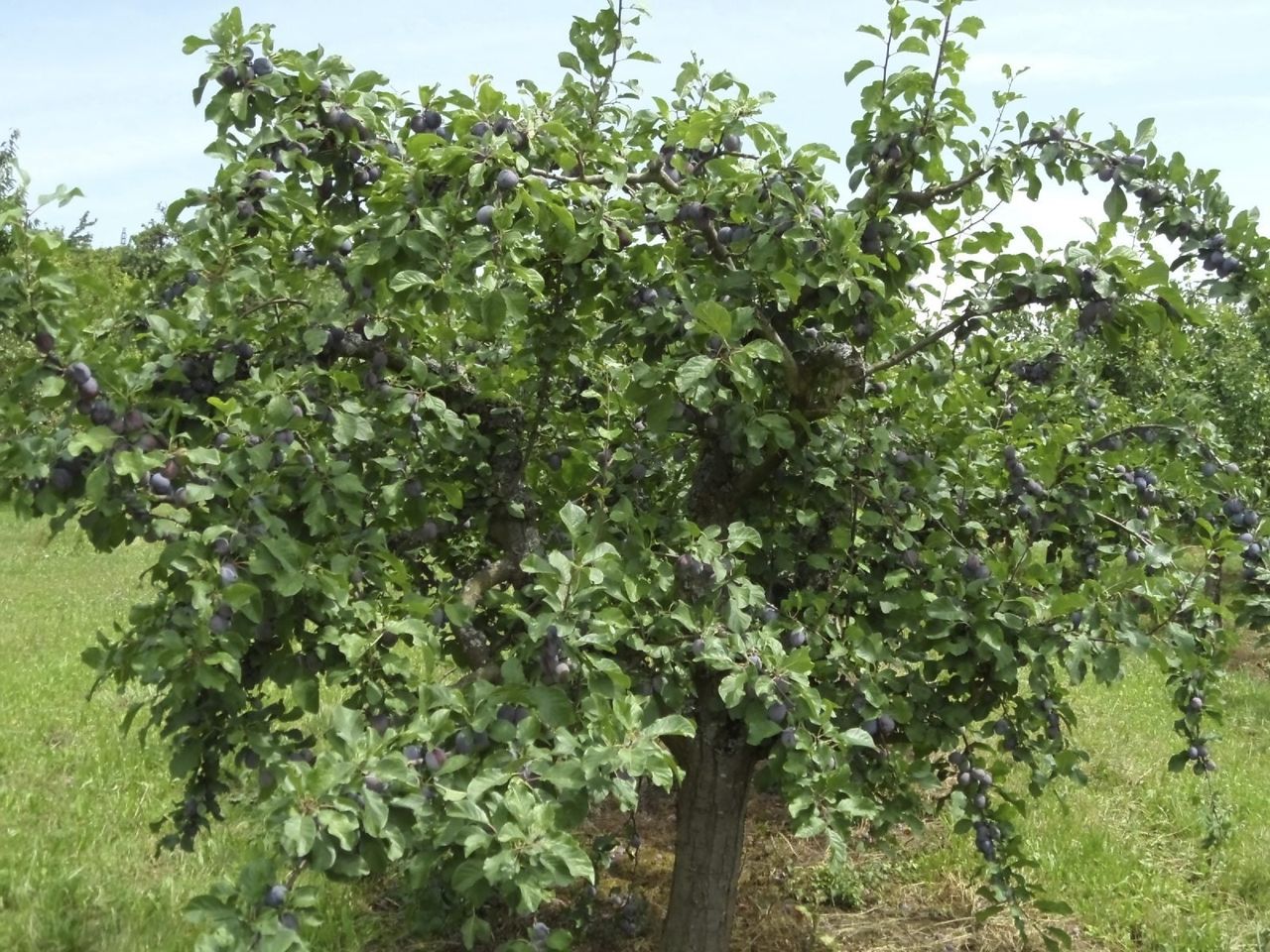

Sometimes a new-to-you house comes with a backyard full of old fruit trees planted by the former owners. If they were not properly pruned and maintained over the years, the trees could be overgrown and messy giants that don’t offer much fruit. Restoring old fruit trees is often possible with a lot of patience and a little know-how. Read on for tips on how to rejuvenate old fruit trees.
Rejuvenating Old Fruit Trees
Some fruit trees are easier than others to restore, so you’ll need to figure out what kind of trees you have before you decide on a course of action. If you aren’t sure what type of trees you have, take twig samples to your local extension office for identification. When you are thinking of reviving an old fruit tree, apple and pear trees are the easiest to work with. Fruit tree rejuvenation is also possible with cherry trees, but experts do not recommend trying to bring back neglected apricot and peach trees.
Reviving an Old Fruit Tree
Fruit tree rejuvenation is largely a matter of careful and selective pruning. Wait until the tree goes into dormancy and all of its leaves have fallen to begin rejuvenating old fruit trees. Restoring old fruit trees that are messy and unproductive is not a quick process. It will take at least three years of judicious pruning to get the job done right. If you try reviving an old fruit tree with one severe pruning, you are very likely to kill it.
How to Rejuvenate Old Fruit Trees
When you start reviving an old fruit tree, your first step is to prune out all dead and damaged branches. Since the tree is overgrown, you may need a ladder to reach the upper part of the crown. Clip off all suckers from the base of the tree as well. After that, turn your attention to the height of the tree and determine how much you want to remove. A tree over 20 feet (6 m.) tall can be pruned back by 6 feet (2 m.) or so the first year, but don’t just whack off the branches by half. Instead, when you are restoring old fruit trees, bring down the height by cutting the principal limbs back to strong side shoots. Let some sun into the top third of the trees by thinning out crossing and hanging branches. Start your second year pruning in the summer, when you should remove vigorous new shoots at the top of the tree. Leave lower shoots alone since the aim of fruit tree rejuvenation is to get the tree to produce new wood in the lower section. During the second year of winter, lower the tree’s height by another few feet (1 m.) if necessary. You can also shorten limbs to give the lowest branches better light. In the third summer, trim out about half of the most vigorous top shoots. That winter, continue to shorten outer branches. At the end of this period, your tree’s branches should be accessible for picking fruit.
Gardening tips, videos, info and more delivered right to your inbox!
Sign up for the Gardening Know How newsletter today and receive a free copy of our e-book "How to Grow Delicious Tomatoes".

Teo Spengler is a master gardener and a docent at the San Francisco Botanical Garden, where she hosts public tours. She has studied horticulture and written about nature, trees, plants, and gardening for more than two decades. Her extended family includes some 30 houseplants and hundreds of outdoor plants, including 250 trees, which are her main passion. Spengler currently splits her life between San Francisco and the French Basque Country, though she was raised in Alaska, giving her experience of gardening in a range of climates.
-
 Why Are My Seedlings Wilting? 6 Common Causes – And How To Save Them
Why Are My Seedlings Wilting? 6 Common Causes – And How To Save ThemWilted seedlings are a definite sign that something is not right. Learn how to diagnose the problem and bring baby plants back from the brink.
By Teo Spengler
-
 Bugged About Strawberry Pests? 6 Common Pests, Plus How To Protect Your Precious Strawbs
Bugged About Strawberry Pests? 6 Common Pests, Plus How To Protect Your Precious StrawbsStrawberry plants looking a little under the weather and not sure why? Check to make sure they haven’t come a-cropper to one of these classic strawberry pests
By Tonya Barnett
-
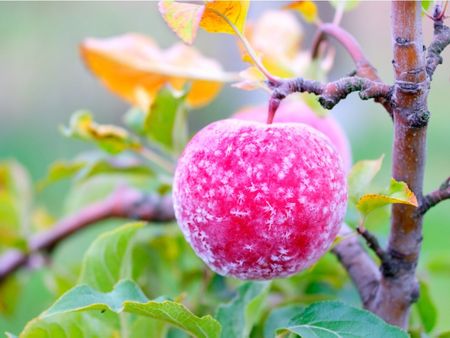 How To Protect Fruit Trees From Frost And Freeze
How To Protect Fruit Trees From Frost And FreezeChoosing fruit trees appropriate for your growing zone is best, but you still may need to protect them from extreme cold. Read how.
By Bonnie L. Grant
-
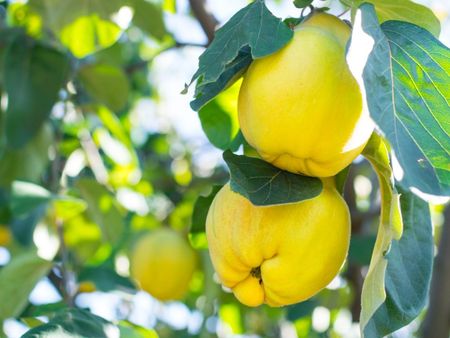 Best Plants For Late Summer and Fall Fruit Harvest
Best Plants For Late Summer and Fall Fruit HarvestEven if you don’t have the optimal conditions for more common fruit trees, there are other end of summer fruits to enjoy.
By Teo Spengler
-
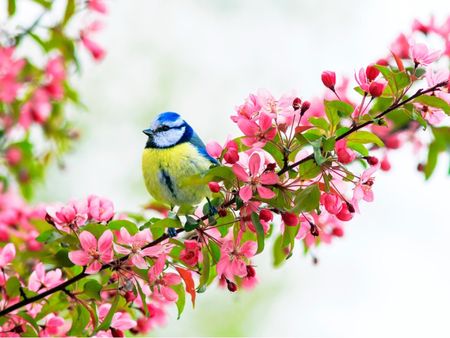 Best Native Fruit Trees To Support Wildlife
Best Native Fruit Trees To Support WildlifeIf you want trees that will attract and feed wildlife, learn the best kinds of edible fruit and nut trees to plant for inviting specific creatures.
By Teo Spengler
-
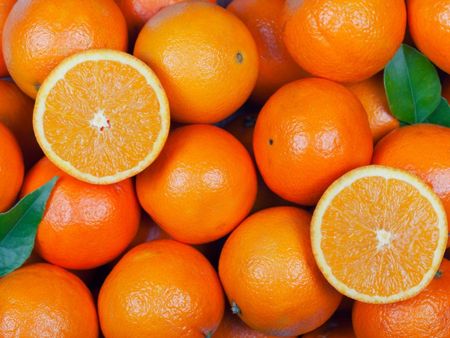 Orange Fruit Varieties: Growing Fruits That Are Orange
Orange Fruit Varieties: Growing Fruits That Are OrangeOrange colored fruit isn’t limited to the citrus orange. There are plenty of other orange colored fruit varieties, each packing a healthful punch. Read on for more.
By Amy Grant
-
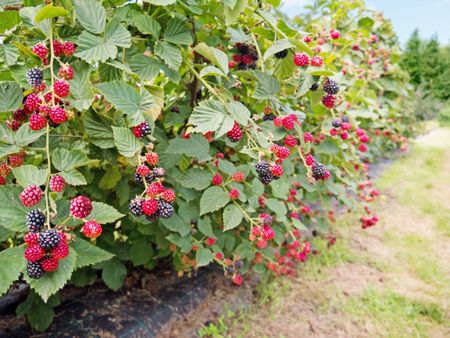 Everbearing Plants: Learn About Everbearing Varieties Of Fruit
Everbearing Plants: Learn About Everbearing Varieties Of FruitWhat does everbearing mean? And more importantly, how do everbearing varieties differ from non-everbearing types? Read on for more.
By Laura Miller
-
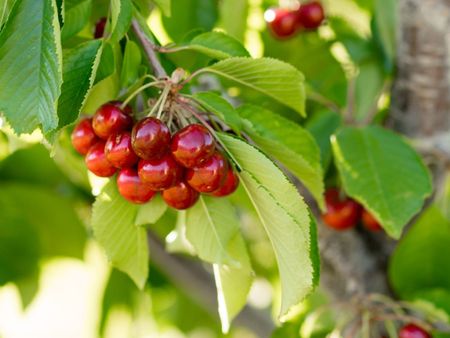 Plant A Red Fruit Garden: Growing Fruits With Red Flesh
Plant A Red Fruit Garden: Growing Fruits With Red FleshPlanting a red fruit garden may seem a bit whimsical. That is, until you realize the health benefits of consuming fruits with red flesh.
By Laura Miller
-
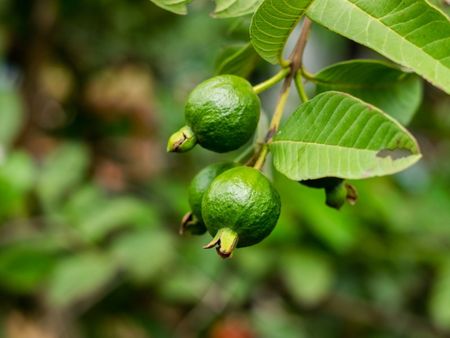 Heat Tolerant Fruits - Growing Fruit In Hot Weather
Heat Tolerant Fruits - Growing Fruit In Hot WeatherSome fruit grows in extreme heat naturally. But there are also specially cultivated, heat-tolerant varieties. For more information on heat tolerant fruits, read on.
By Teo Spengler
-
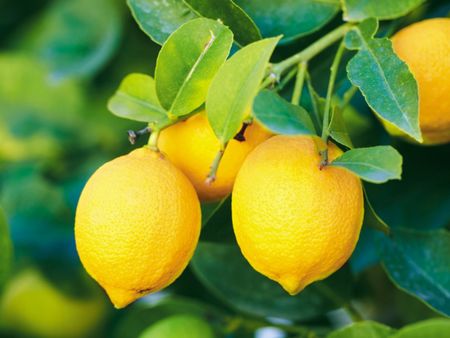 Yellow Fruit Varieties - Growing Fruit That Is Yellow
Yellow Fruit Varieties - Growing Fruit That Is YellowWhat fruit is yellow? There's more than the bananas at the supermarket. Try growing yellow fruit for a consistent supply of sunny food.
By Bonnie L. Grant